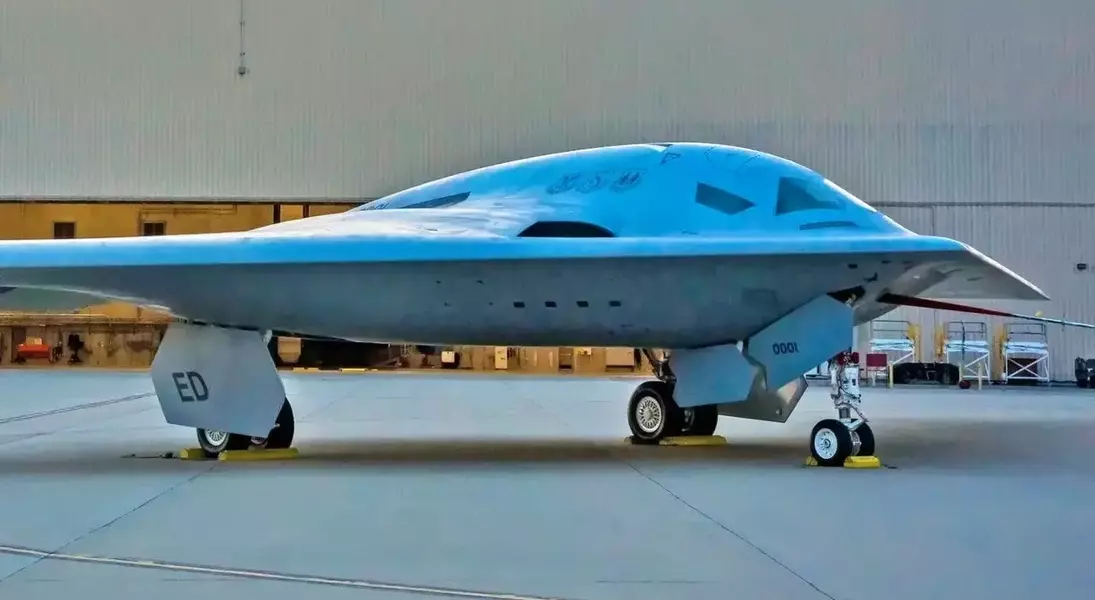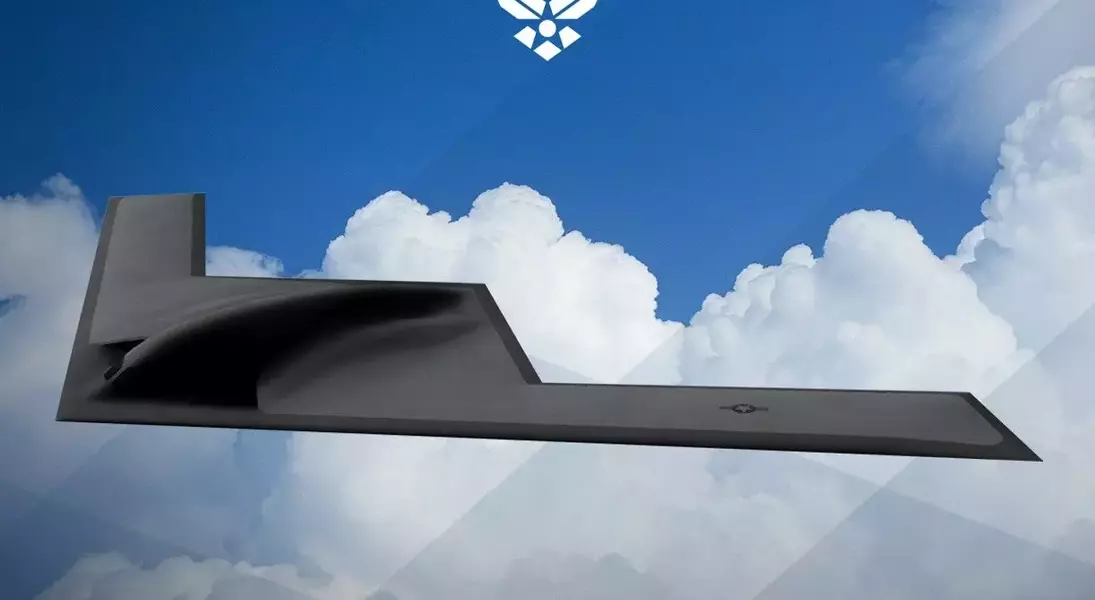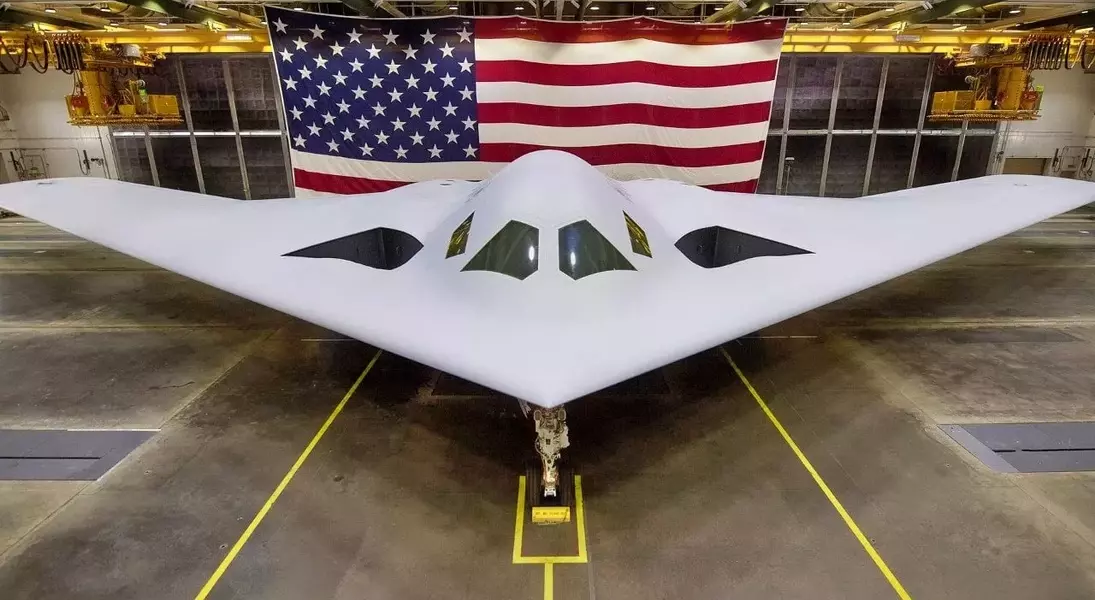The United States Air Force's (USAF) highly anticipated sixth-generation stealth bomber, the B-21 Raider, has found itself embroiled in a complex web of rising costs and delayed timelines, raising concerns about its long-term viability. As the USAF remains steadfast in its commitment to procuring a minimum of 100 airframes, the question of whether the B-21 is too expensive to be a practical and sustainable solution looms large.
Uncovering the Challenges Facing the B-21 Raider
From Lofty Beginnings to Budgetary Turbulence
The B-21 Raider's journey has been marked by both promise and peril. Initially, the program was hailed as a modern marvel, with the aircraft's maiden flight anticipated as early as late 2021. However, the timeline has since slipped, and the operational debut is now projected to occur in 2026 or 2027, fueling concerns about the program's affordability.The most recent development has been a dire warning from Northrop Grumman, the aircraft's manufacturer, that it could face losses of up to $1.56 billion on the first five B-21 airframes. This translates to a staggering $312 million per individual bomber, a figure that dwarfs the estimated $300 million price tag for the USAF's Next-Generation Air Dominance (NGAD) program and the $80 million per unit cost of the Lockheed Martin F-35 Lightning II.Balancing Necessity and Affordability
Despite these budgetary challenges, the USAF remains steadfast in its commitment to the B-21 program, recognizing the urgent need to replace its aging fleet of B-1B Lancer and B-2 Spirit bombers. The strategic importance of maintaining a viable and capable long-range strike capability is undeniable, and the B-21 is seen as the necessary successor to these venerable platforms.However, the escalating costs of the program have raised concerns about its long-term sustainability and the potential impact on other critical USAF initiatives. The delicate balance between operational necessity and fiscal responsibility is a constant consideration for military planners and policymakers.Lessons from the Past: The B-2 Spirit as a Guiding Light
As the B-21 Raider navigates these turbulent skies, there is a glimmer of hope in the form of a historical precedent – the B-2 Spirit, the original "Stealth Bomber." When the B-2 program was first introduced, it faced similar criticisms and skepticism, with the mainstream media and pacifist politicians alike dismissing it as an exorbitantly priced boondoggle.Yet, the B-2 Spirit proved its worth, becoming a highly accurate and effective warbird that has served the USAF with distinction. Its operational debut on New Year's Day 1997 silenced the naysayers, and the Spirit has continued to demonstrate its strategic value in various combat operations.The B-21 Raider, as the spiritual successor to the B-2, may very well follow a similar trajectory. While the current cost overruns and delays are undoubtedly concerning, the USAF's unwavering commitment to the program suggests that the Raider's strategic importance outweighs the financial hurdles. Time will tell whether the B-21 can emulate the B-2's success and prove its critics wrong.Balancing Priorities: The B-21 Raider and the NGAD Conundrum
As the USAF navigates the challenges of the B-21 Raider program, it must also contend with the fate of its Next-Generation Air Dominance (NGAD) initiative. While the B-21 has remained a priority, the NGAD program has been described as an "endangered species," facing an uncertain future.The delicate balance between these two critical programs highlights the USAF's need to carefully allocate its limited resources to ensure the long-term viability of its force structure. The success of the B-21 Raider may hinge on the USAF's ability to manage the competing demands of these high-profile initiatives, striking a balance that ensures the USAF's continued air superiority and strategic deterrence capabilities.Conclusion: Weathering the Storm
The B-21 Raider's journey has been anything but smooth, with rising costs and delayed timelines casting a shadow over its future. However, the USAF's unwavering commitment to the program and the historical precedent set by the B-2 Spirit suggest that the Raider may yet prove its worth.As the USAF navigates the complex landscape of budgetary constraints and operational necessities, the B-21 Raider will continue to be a focal point of attention and scrutiny. The ability of the USAF to effectively manage the program's challenges and deliver a capable, affordable, and sustainable long-range strike platform will be a critical factor in shaping the future of the service's air power capabilities.




